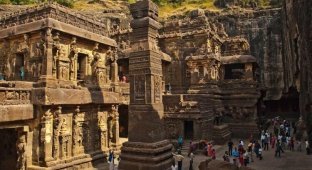Mumbai's lone guardian, Gilbert Hill (9 photos)
In Mumbai, India's most populous city, it's not just concrete towers that reach for the sky. 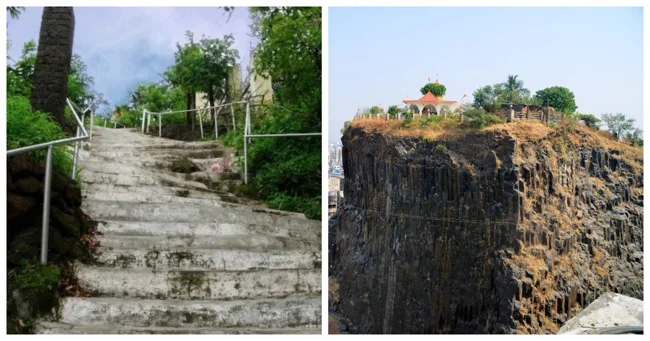
On one of the northern outskirts, a gigantic basalt column rises 60 meters. It's surrounded on three sides by residential complexes of nearly the same height. This monolith, known as Gilbert Hill, is virtually invisible to all but its immediate neighbors. 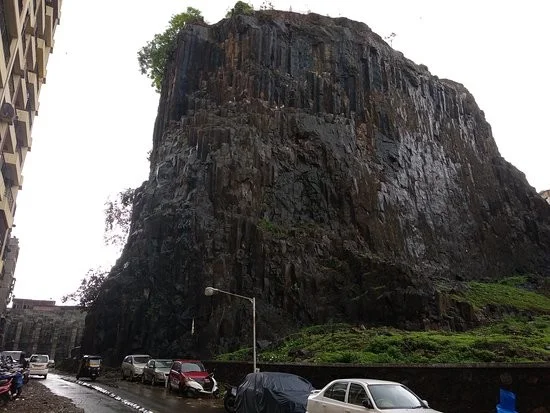
Gilbert Hill is a stunning hill in Mumbai. It formed approximately 66 million years ago, at a time when India was still a floating island south of the equator but was rapidly converging with the Eurasian Plate. In just 15 million years, a blink of an eye in geological time, these continents would collide, giving birth to the greatest and most breathtaking mountain range of all—the Himalayas. 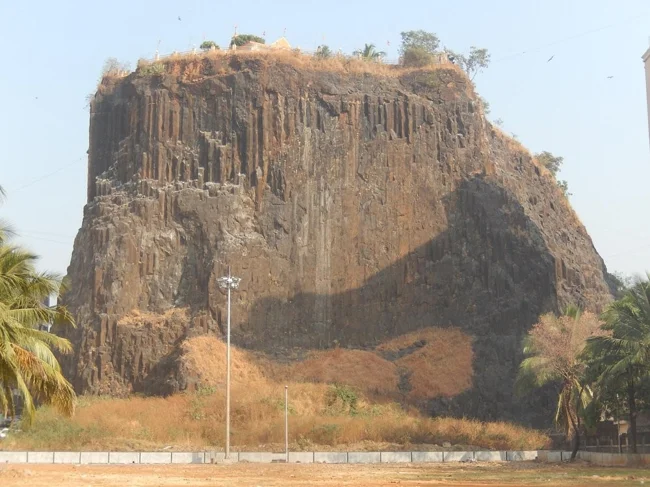
At that time, the territory of the modern states of Maharashtra, Gujarat, and Madhya Pradesh was the scene of powerful volcanic activity. A series of colossal eruptions flooded the region and its surroundings with rivers of lava, which, as they cooled, formed a huge basalt plateau two kilometers thick. 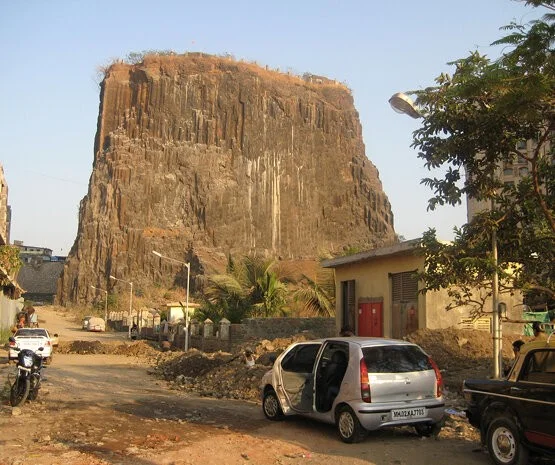
This plateau, known as the Deccan Traps, originally covered 1.5 million square kilometers, roughly half the area of modern India. Erosion and tectonic processes have reduced it to its current 500,000 square kilometers, which is still incredibly large. The period coincided with a mass extinction of species, including the disappearance of the dinosaurs.
This has led some scientists to speculate that the eruptions that created the Deccan Traps and the release of volcanic gases may have contributed to the catastrophe. While the scientific community is more inclined to favor the meteorite hypothesis, some believe both these cataclysms contributed to the extinction. 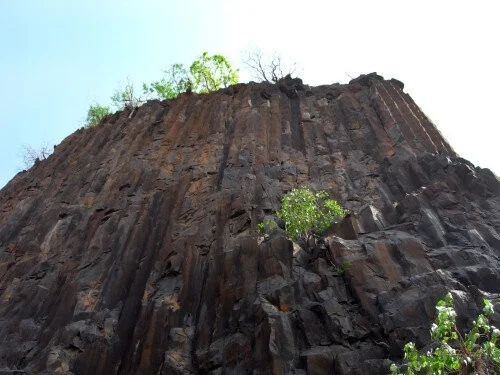
Gilbert Hill is a vivid witness to that turbulent era. Geologists believe the monolith formed when lava flowed from a fissure in the plateau. As it cooled, the magma formed vertical columns rather than horizontal layers. These rectangular and hexagonal structures are known as columnar basalt. Such geological formations are extremely rare on the planet. Devils Tower in the USA and the Giant's Causeway in Northern Ireland are some well-known examples. 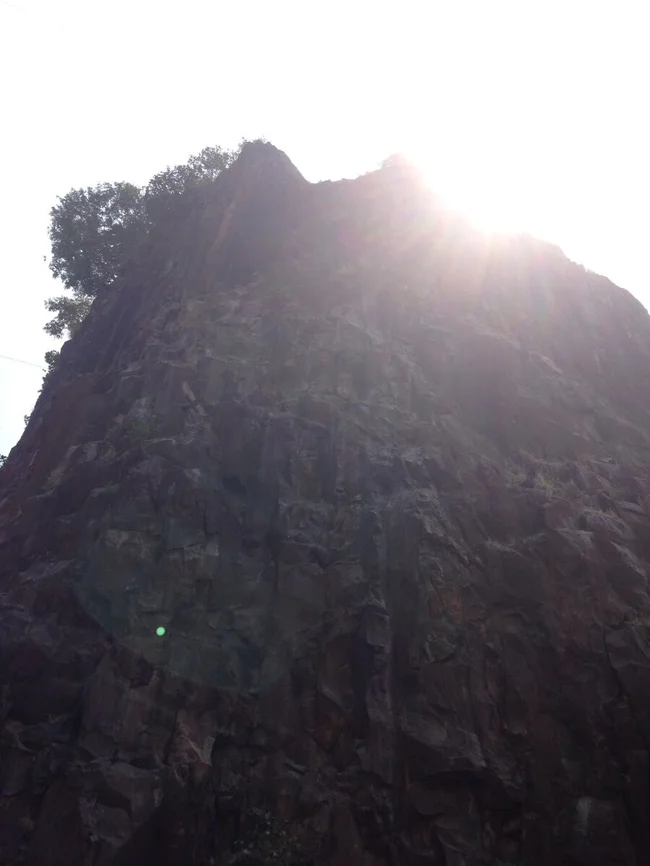
In 1952, Gilbert Hill was designated a national park, and in 2007, it was designated a Grade II listed building. However, the current state of this natural wonder, under severe anthropogenic pressure, eloquently demonstrates that neither designation is effective.
The summit of the hill, reached by a staircase, is primarily reached by pilgrims visiting the two temples located there. The vegetation that once surrounded the hill has given way to buildings and slums. For the people living at the foot of this geological monument, their own struggle for survival obscures its value. Only scientists, historians, and believers visit this place. 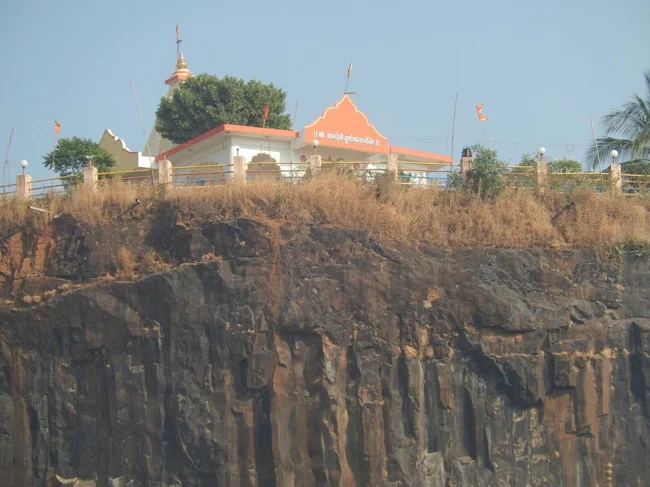
According to one version, it was named after the American geologist Grove Carl Gilbert, who coined the term "laccolith." Another version says it was named after the British official who oversaw the Andheri district. 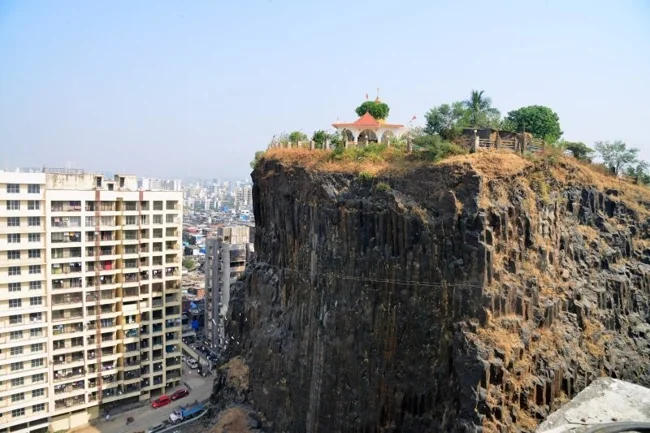
For years, concerned citizens have been calling on the Maharashtra Tourism Development Corporation to build a protective wall around the hill and develop it as a tourist destination. And although the temples atop Gilbert Hill represent a land grab, they have, paradoxically, become its unexpected protectors. 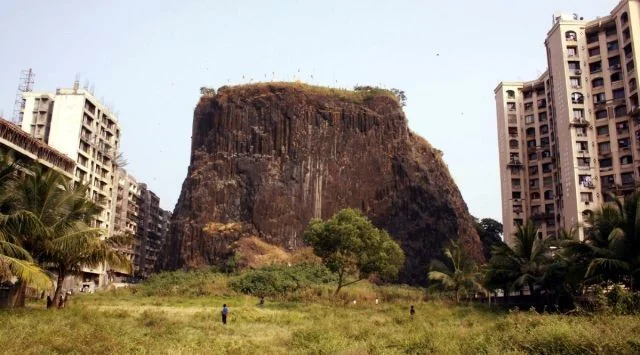
Several years ago, a local developer proposed demolishing the hill to make way for new buildings. Temple trustees strongly opposed the idea. Now these sanctuaries are the only thing that protects this geological wonder from complete destruction.













